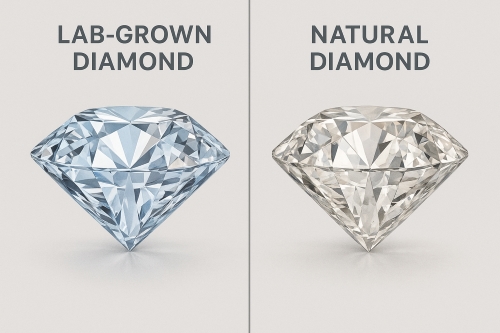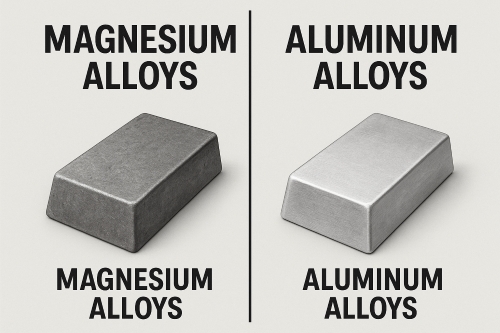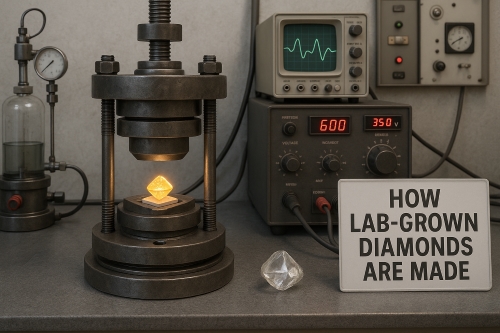Tantalum Or Platinum-Iridium: Marker Band Selection
Introduction
Marker bands play a critical role in medical devices, particularly in the fields of interventional cardiology and radiology. These bands are used to enhance the visibility and tracking of devices in the human body during procedures. Among the materials available for marker bands, Tantalum and Platinum-Iridium represent two distinct options.
This guide presents the characteristics, advantages and considerations of Tantalum and Platinum-Iridium marker bands. Readers can determine the most appropriate product for their research or organisation.
Tantalum Marker Bands
Tantalum is a rare, dense metal with high X‑ray visibility. Its high density provides clear imaging under fluoroscopy, thereby allowing clinicians to monitor the movement and positioning of medical devices with precision.
.png)
Figure 1. Tantalum Marker Bands
Advantages of Tantalum Marker Bands:
1.Density :
The high density of Tantalum permits effective X‑ray imaging. Consequently, clinicians can accurately record the motion and position of devices.
2.Biocompatibility :
Numerous publications provide a detailed review of Tantalum marker bands. Studies have documented the use of Tantalum in the treatment of femoral head necrosis, joint prostheses and the repair of bone defects. [1]
3.Corrosion Resistance :
The referenced studies analyse the mechanisms underlying these applications. They report the corrosion resistance, ductility and osteointegration properties of Tantalum. This corrosion resistance ensures the longevity of Tantalum marker bands during extended use in the body.
Further Reading: The Versatility of Tantalum Marker Bands: Applications and Benefits
Considerations for Tantalum Marker Bands:
1.Costs :
Tantalum is a relatively expensive material. Its high cost may influence the overall manufacturing expenditure of a medical device. Organisations should take budget constraints into account during planning.
2.Machinability :
Tantalum poses challenges during machining. This increases both the production complexity and costs. Engineers must assess the feasibility of processing Tantalum for specific device designs.
Platinum-Iridium Marker Bands
Platinum-Iridium is a dense and corrosion-resistant alloy. It has been utilised in medical applications for many years. Its durability and stability have been documented, and it has been proven as an option for marker bands in various medical devices.
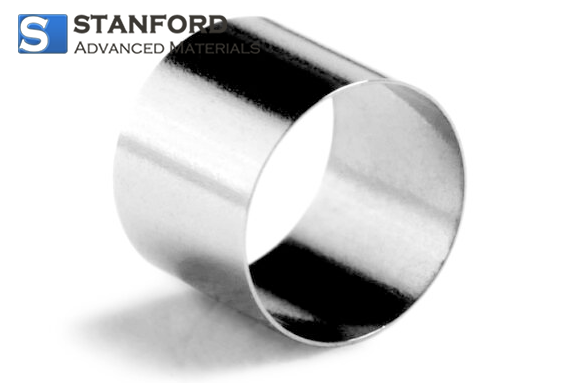
Figure 2. Platinum-Iridium Marker Bands
Advantages of Platinum-Iridium Marker Bands:
1. Density:
Platinum-Iridium provides high X‑ray opacity. This property ensures clear imaging during X‑ray examinations, which is essential for the proper placement of medical devices.
2.Durability :
The alloy is highly durable and exhibits strong corrosion resistance. Consequently, it is appropriate for long-term use within the human body and maintains device performance over time.
3.Cost Evaluation:
Although raw Platinum-Iridium may appear cost-effective, the overall manufacturing and processing costs must be carefully evaluated.
lIn February 2020, the raw material cost for developing rings from a Platinum-Iridium alloy was approximately 35 Dollar/gram. Despite the use of expensive metals, marker rings generally have small dimensions and a thin wall thickness. Consequently, the raw material cost is around 0.25 Dollar per ring.
lBy contrast, rings that are not produced from a noble metal, such as Tantalum rings, do not exhibit a significant cost benefit.
Considerations for Platinum-Iridium Marker Rings:
1.Biocompatibility :
Although Platinum-Iridium is generally regarded as biocompatible, patient responses may vary. Careful testing is necessary to minimise the risk of adverse reactions.
2.Machining Challenges:
l The Platinum-Iridium alloy exhibits a high Young’s modulus and Poisson’s ratio. Consequently, it demonstrates a high rate of work hardening.
l An increased Iridium content can affect processability. Ongoing investigations are being performed to improve the cutting and internal surface treatment of the alloy rings.
Selection of Appropriate Marker Bands:
lApplication for Medical Devices: The choice between Tantalum and Platinum-Iridium should be determined by the specific application of the medical device. Consider factors such as the duration of device placement, the complexity of the procedure and budget constraints.
lMaterial Properties: Assess the key material properties of each option, including X‑ray visibility and machinability, in relation to the intended medical application.
lCompliance with Regulatory Requirements: Verify that the chosen material conforms to the relevant legal standards and guidelines for medical devices.
Furthermore, the following table presents a comparative analysis of the advantages and challenges associated with Tantalum and Platinum-Iridium marker bands. This information serves to enhance the understanding of their respective properties.
Table 1. Tantalum vs. Platinum-Iridium Marker Bands
|
|
Advantages |
Challenges |
|
Tantalum Marker Bands |
Density and radiopacity; Biocompatibility; Corrosion resistance; |
Costs; Machinability; |
|
Platinum-Iridium Marker Bands |
Density and X‑ray opacity; Durability; Costs; |
Biocompatibility; Machinability; |
Conclusion:
The selection of marker bands is a critical factor in the development of medical devices for interventional procedures. Both Tantalum and Platinum-Iridium have quantifiable characteristics. The decision depends on the specific requirements of the application.
A careful assessment of factors, including biocompatibility, X‑ray visibility, durability and costs, is essential for the effective integration of marker bands in devices. This, in turn, enhances the safety and precision of medical procedures.
Stanford Advanced Materials (SAM) is an experienced manufacturer and supplier of high‐quality Tantalum and Platinum-Iridium Marker Bands. The marker bands are produced in accordance with the highest industry standards. SAM understands the specific requirements of medical devices and provides custom solutions for defined specifications. Please contact us to review our marker bands.
Reference:
[1] SHI Xiaoxiu, WU Xianzhe, MA Xingshuang, LIU Yang, HE Peng, LUO Yanfeng. Biomedical applications of tantalum‑based materials and the underlying mechanisms. Journal of Functional Materials. 2019, 50(12): 12001‑12006 https://doi.org/10.3969/j.issn.1001-9731.2019.12.001

 Bars
Bars
 Beads & Spheres
Beads & Spheres
 Bolts & Nuts
Bolts & Nuts
 Crucibles
Crucibles
 Discs
Discs
 Fibers & Fabrics
Fibers & Fabrics
 Films
Films
 Flake
Flake
 Foams
Foams
 Foil
Foil
 Granules
Granules
 Honeycombs
Honeycombs
 Ink
Ink
 Laminate
Laminate
 Lumps
Lumps
 Meshes
Meshes
 Metallised Film
Metallised Film
 Plate
Plate
 Powders
Powders
 Rod
Rod
 Sheets
Sheets
 Single Crystals
Single Crystals
 Sputtering Target
Sputtering Target
 Tubes
Tubes
 Washer
Washer
 Wires
Wires
 Converters & Calculators
Converters & Calculators
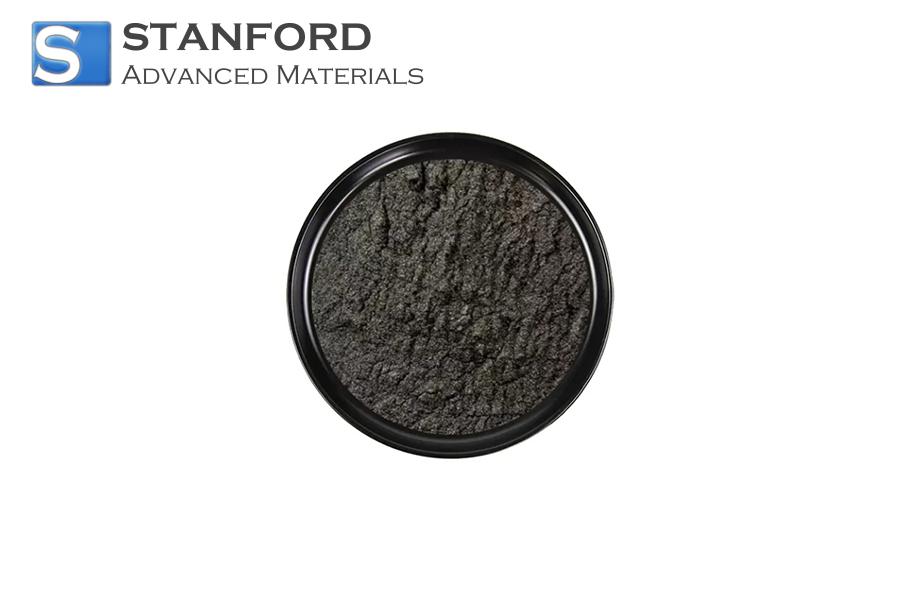
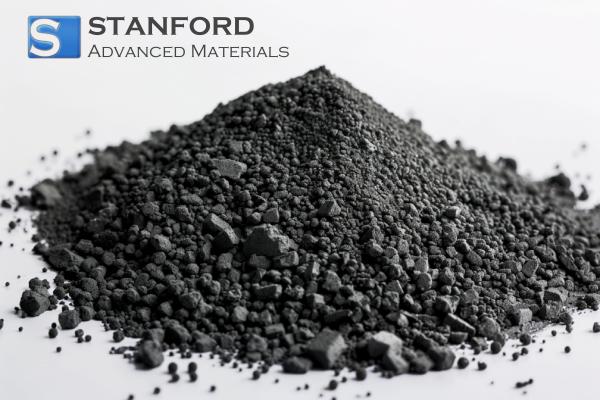
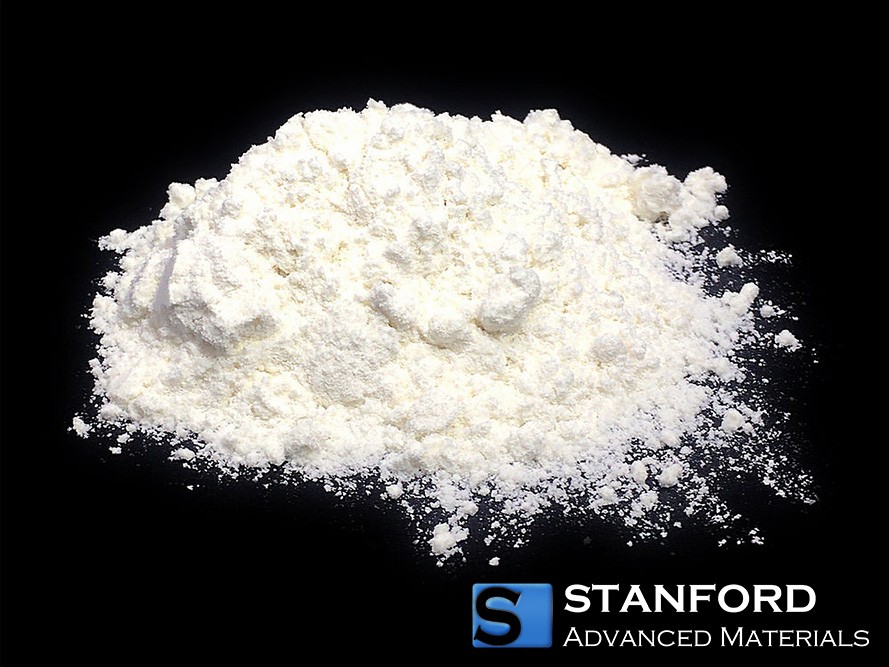
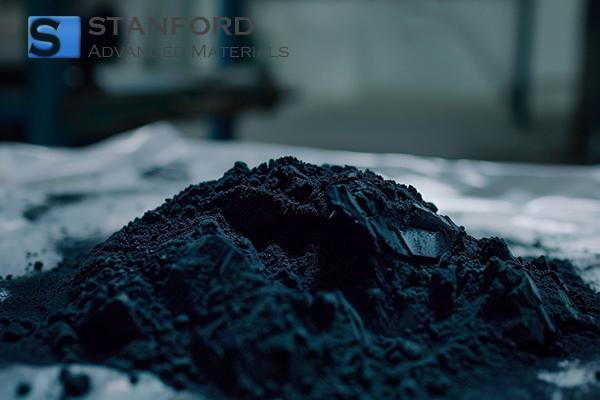
 Chin Trento
Chin Trento

